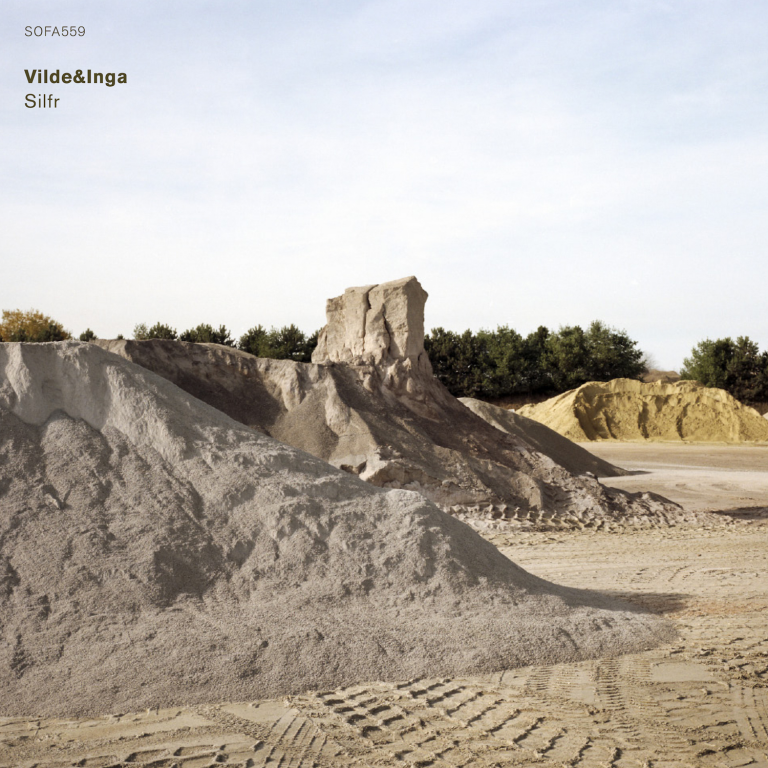There’s been a number of very interesting new releases recently featuring composers and performers from the Nordic countries. At the most unconventional end of the spectrum are violinist Vilde Sandve Alnæs and double bassist Inga Margrete Aas, a Norwegian duo who perform free-improvised music together as Vilde&Inga. Their new album Silfr, released last month on the experimental Sofa label, features ten pieces that demonstrate the fascinating way the duo utilises their instruments to explore a single idea. This in itself is quite refreshing. So much contemporary music seeks to cram shedloads of invention into even relatively short works that to hear such a single-minded approach as that on Silfr is somewhat novel, even courageous. The most extreme pieces are so unwavering as to seem almost behaviourally solipsistic. ‘Røykkvarts’ (“smoky quartz”) comprises an essentially unpitched texture of assorted scratchings and scrapings – so anonymous it’s hard to tell it’s being executed on string instruments at all – with occasional pizzicato pitches allowed to resonate. Though ostensibly more rapid, ‘Sprø Glimmer’ (“crazy glimmer”) is similar, placing high, unstoppable, glistening arpeggiations against an only slightly less intense tremolando, riddled with overtones, while ‘Aurum’ is located in weak, bleak territory, the instruments barely able to speak to the point that the background ambience becomes a distinct presence in its own right. The title piece is the most immersive of these, setting up a moto perpetuo of tremolandi and ricochets, stretching out notes at various points until the whole thing has its pitch content erased towards the end, culminating in the noise of frantic physical movements. Fantastic. One of the duo’s recurring paradigms is to establish a split musical personality, violin and bass pursuing different ideas but in such a way as to complement each other. ‘Usynlig Flimmer’ (“invisible flicker”), a piece that’s not so much slow as heavy-laden, is occupied with high ephemera from the violin while the bass grapples with an earnest exploration of chords. The momentum is reversed in ‘Urtjern’ (“iron ore”), tremulous undulations in the bass against sparse streaks of harmonic high above. ‘Karbontiden’ (“carbon time”) unites the pair again in a beautiful drone around which more and more pitches emerge, colliding with it, causing beats, building to a vast network of low grindings and high slashings – sounding impossible, as though many more than just two instruments were sounding; amazing to behold – before splintering at the very end. Just as striking is final piece ‘Skinnende Stein’ (“shining stone”), which spends half its duration caught up in more of Alnæs’ glistening violin harmonic arpeggios until Aas’ bass suddenly begins to growl loudly, to very striking effect. All told, Silfr comes across less as an anthology than a self-contained cycle, as the consistencies – timbral, gestural, behavioural, structural – throughout the pieces are such that they coalesce into a convincing whole. There’s something strangely nocturnal about it, which perhaps accounts for the fact that it regularly triggered shivers down the spine.

